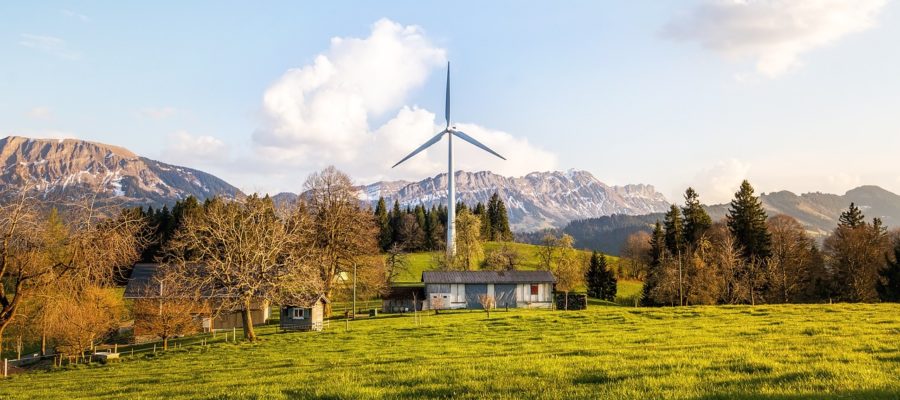Investing in energy efficiency not only saves money and energy, but it adds to green energy, which ultimately supports the environment.
Having your home assessed to determine how it uses energy is the initial step to finding an appropriate means of cutting energy usage and cost. Qualified energy auditors consider different elements when deciding the energy efficiency of a home, such as windows, insulation in walls and on roofs, air sealing, bathrooms, kitchens, room sizes, and heating, ventilation and air conditioning (HVAC) systems.
These essentials, combined with renewable energy sources, create over-the-top ecologically-aware homes that many of today’s consumers consider when they purchase or renovate a home.
Modern home design incorporates solar energy with other elements of efficiency by reducing energy uses and costs. Advancements in framing, cool roofs, and solar are significant components in modern home design. Many of these advancements have been utilized in commercial real estate development for years but are now being imported into residential settings. For example, the best parts of energy efficient commercial refrigeration installation are increasingly making their way into home kitchens thanks to HVAC services with experience doing both.
Increased carbon pollution is one of the main reasons home designers have begun planning homes with less heat loss and more proficient technology in mind. Efficient energy is the most cost-effective means of tackling climate change and cleaning the air.
Landscape consideration is an important part of the home design process. Location and type of trees, the location of hills, rivers or other water, and hardscape are all significant. Light, sun, and wind can help designers determine the orientation of a home on a property. It is helpful to know the path of the sun across the sky, the current and potential obstructions to the home, and the optimum positioning that will improve solar energy to strategic areas. For example, a patio that is situated to take advantage of north/south wind-flow assures nice breezes.
The benefit of natural light, such as that of a sunroom, can reduce reliance on electricity to light interior spaces. Natural sunlight on two or three sides of each room can be achieved by orienting the home to the path of the sun. Skylights and natural reflections of light directed to rooms that face north are other strategies that work well.
Today’s home buyers generally want larger homes, but smaller dwellings can be just as beautiful and comfortable when space is allocated efficiently. Living green and having a minimal environmental effect can provide a comfortable living in a smaller home.
Dual-purpose design is another approach to design a comfortable home in a smaller space. In addition, you can increase living space by a natural flow from inside to outside spaces. When these outdoor spaces are positioned with consideration of the sun and prevailing breezes, they can be very comfortable places that can be used in a variety of ways.
Ecologically friendly homes take architectural features, such as awnings and shutters into account. Passive designs, like natural materials, HVAC systems, green technology, and wholesome planning of living space, can save a high percentage of energy required to operate a home and live comfortably.
Especially appealing to owners of pre-existing homes is the myriad financing programs and incentives to help with the cost of improvements that make the home more energy efficient. These breaks come in the form of rebates, tax credits, or low-cost financing.
Effective home design incorporates energy-efficient construction with a choice of appliances and renewable energy techniques. Passive solar design benefits from the climate, building materials, and the site on which the structure is built. Small details, such as a properly-sized south-facing window to prevent sweltering in the heat of the day, are very important in design.
Homeowners who remodel are encouraged to aim for super-insulated, well-sealed homes to significantly lower heating and cooling needs.


